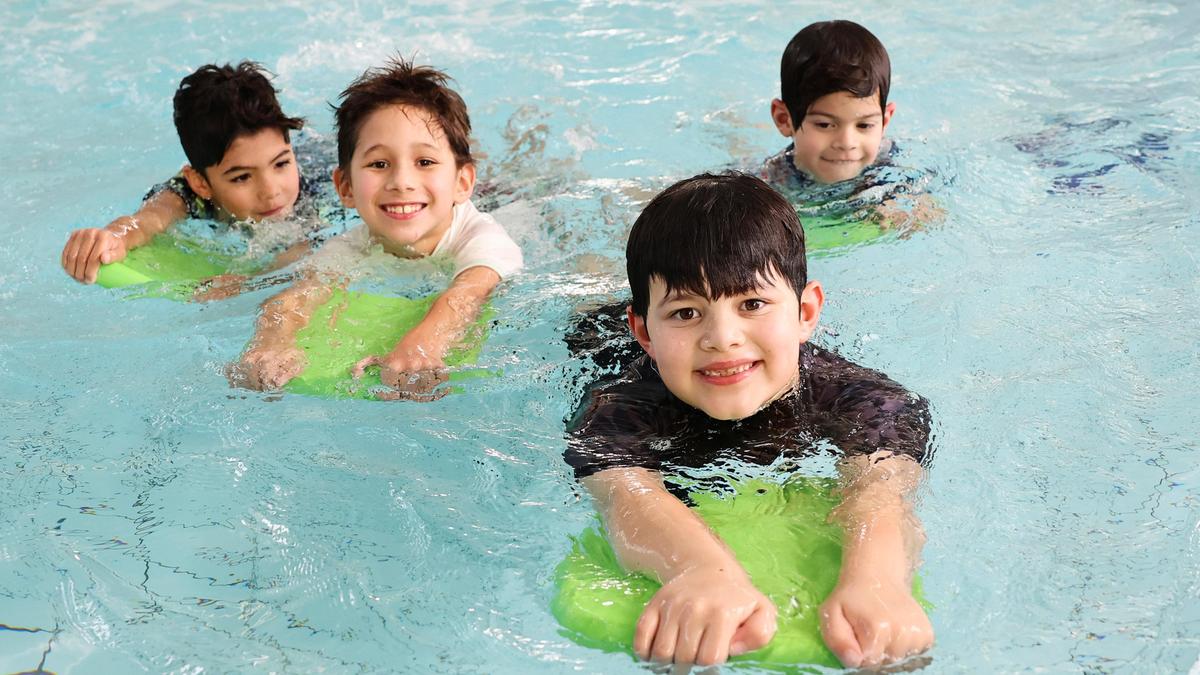UPDATE: A new report reveals a staggering decline in swimming skills among children across the nation, prompting a call for immediate action from officials. The alarming statistics, detailed in a study released on July 20, 2023, indicate that rising costs of swimming lessons, limited access to public pools, and a critical shortage of qualified swimming instructors are all contributing factors.
According to the National Swim Organization, nearly 60% of children ages 5 to 12 cannot swim competently, a dramatic increase from 35% just five years ago. This sharp decline is raising serious concerns among parents and educators about the safety of children in and around water, especially during peak summer months when swimming activities are at their highest.
The report highlights that the average cost of swimming lessons has surged by 25% in the past year alone, making it increasingly difficult for families to afford. Additionally, many local pools have reduced hours or closed entirely, limiting access for children who rely on these facilities for practice and instruction. The shortage of certified swimming teachers has further exacerbated the situation, with schools reporting a lack of instructors available to teach vital water safety skills.
Local officials are urging communities to take action. Schools and swimming organizations are being called upon to create more affordable lesson programs and increase access to public swimming facilities. Parents are encouraged to advocate for funding to support these initiatives, emphasizing the need for safe swimming environments for all children.
“We cannot overlook the importance of swimming as a lifesaving skill,” said Jane Doe, spokesperson for the National Swim Organization. “We must act now to reverse this trend before more children are put at risk.”
As the summer season approaches, communities are urged to organize swim safety events and fundraisers aimed at enhancing access to swimming lessons. The emotional toll on families is palpable, as many parents express their fear for their children’s safety without basic swimming skills.
The report serves as a clarion call for urgent reform and community engagement. Schools and local governments are expected to convene in the coming weeks to discuss strategies to address these pressing issues. Residents are encouraged to stay informed and take part in upcoming community meetings focused on enhancing swimming education and safety.
This developing story emphasizes the critical need for collective action to ensure that every child has the opportunity to learn how to swim, thereby reducing the risks associated with water-related incidents. The situation continues to evolve, and stakeholders are urged to prioritize swimming education to safeguard the future generations.




























































